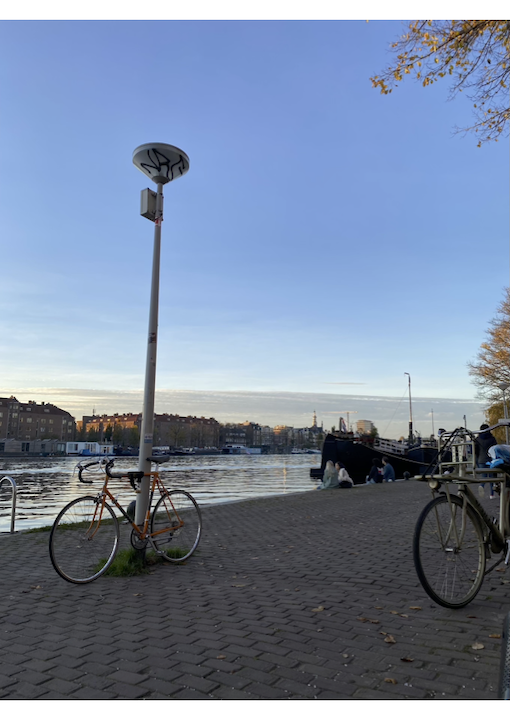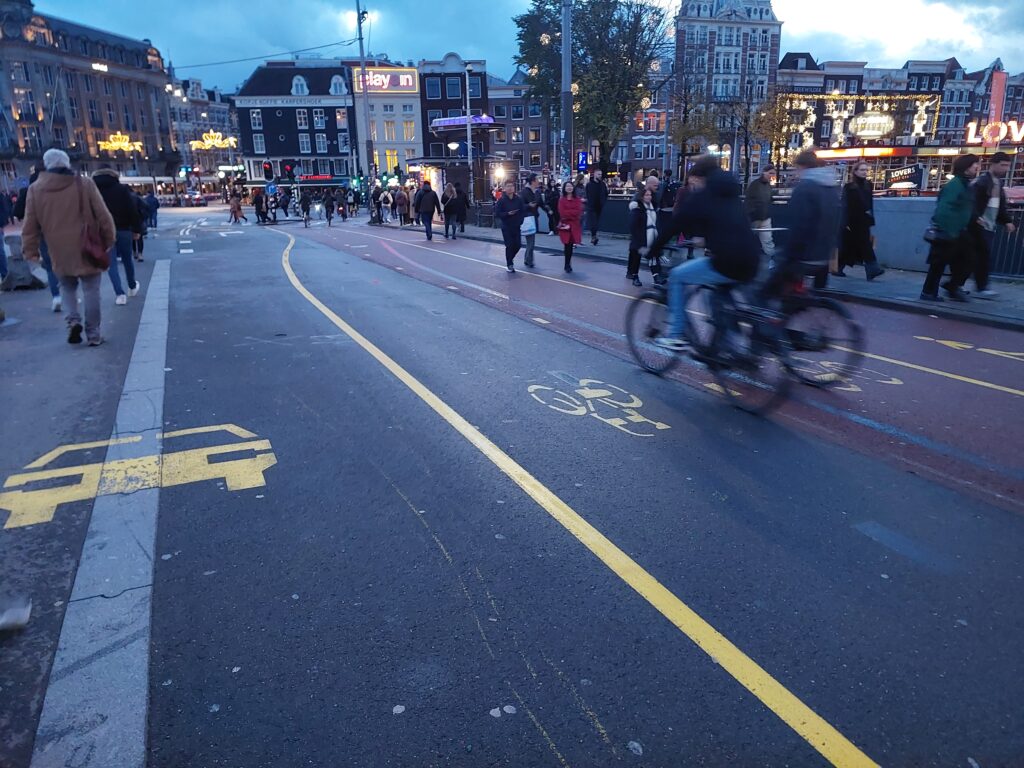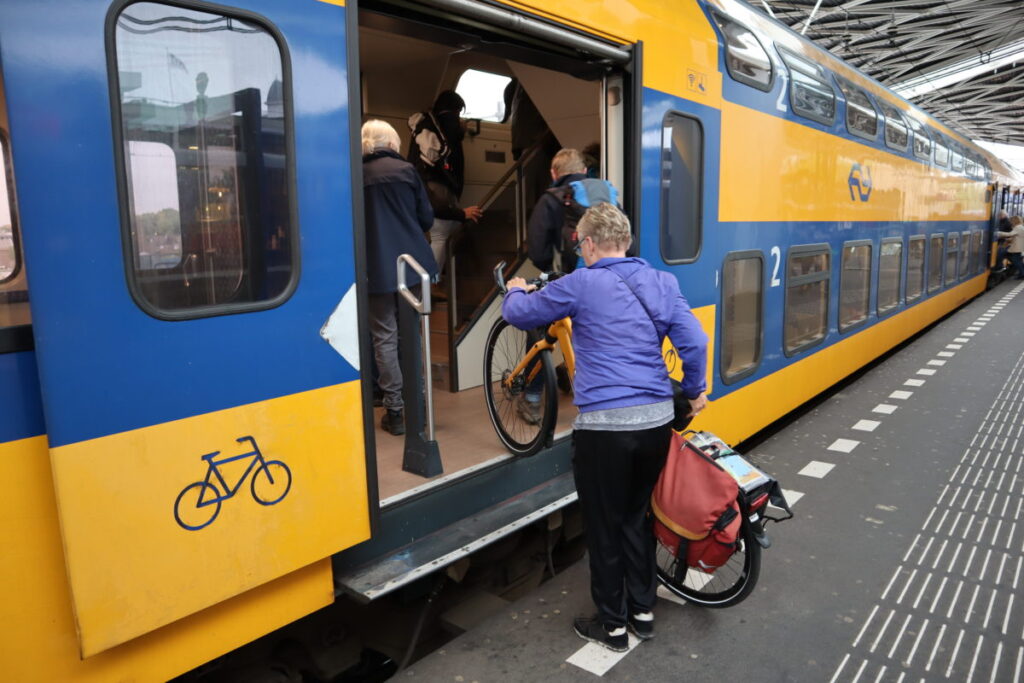Keith Benoit | LinkedIn | Email
Most Inspiring Essay Finalist, February 2020
Community Development Planner for City of Northampton, MA
Unraveling the Cycling City MOOC on Coursera
One of the main takeaways of this course for me has been how wrong our knowledge is on the history, solutions, and methods to creating a cycling city are. And how the Netherlands has responded differently than my home country of the United States.
For instance, the Netherlands was not always a mecca of cycling. The same forces that created a lasting car culture dominated by highways and traffic in the United States also created an increasing car culture in the 1950-70’s in the Netherlands. But the Netherlands responded differently than the U.S. to events that gave pause to these forces, mainly the oil crisis and increasing child fatalities.

For both countries “…the bicycle lane – as a part of or separate from the road – perfectly matched the emerging functional notions of segregating urban activities, traffic streams, and water, energy, and sanitation systems” (Oldenziel & la Bruhèze, 2011) was a dominant idea up to the 1970’s. The Dutch started to implement infrastructure that had co-benefits. In the case of cycling infrastructure: mobility, increase health, conviviality, decrease GHG, and a lively economy. The U.S., however, became more deeply entrenched in its single function infrastructure.
In the post-war era of decimated cities, “the nation states in Europe all reinforced the shift toward anti-cycling sentiments and pro-car attitudes” (Oldenziel & la Bruhèze, 2011). While it seems like any country would see this as an opportunity to create a better society from the ground up, the Netherlands feverishly prioritized the car. The Netherlands was also infected by ‘urban renewal’ schemes as they tore down housing and filled in canals in their cities to make way for highways and parking. As the country started to lose historic buildings, a very vocal grassroots movement was able to stop the destruction and reverse the automobile infrastructure. In the United States, only earthquakes and neglect take down highways. These small vignettes are not what I expected at the outset of the class.
I also learned that building the cycling infrastructure does not necessarily make people use it. The safety of the cycling infrastructure, the perception of safety, its connections to other modes of transit, and how interesting of a trip all play roles. The quality of the cycling experience in city centers, that “urban streets function both as corridors of movement and stationary public spaces, and we ought to be aware of these dimensions when thinking and planning for them” (Nello-Deakin, 2019) is one of the most fascinating and important factors in making cycling rates higher. People love being able to interact with other people on the street, stop to shop, eat, and take circuitous paths to their destination. The survey data shows that people often do not make the most direct route.
As an urban planner, I often look at policies, plans, and data to discover the qualitative differences in one community or one business to the next. But these data sets often do not reveal decision making, user experience, and intangible aspects of enjoyment of a space. As Forsyth and Krizek (2011) point out, “…it has become apparent that work to date on cycling and urban design has focused on function. A more sophisticated approach would engage with… other dimensions of urban design.” What these authors point out, and what George Liu described in more detail in the follow up video is that there needs to be a better synthesis between the quantitative traffic engineering and the urban design aspects of urban mobility planning.
Last semester, I began thinking and sketching small-scale interventions at the site level; a vacant parcel, an underutilized corridor for example. But these are too small a scale for the thinking required to create a cycling city. It is the network of interconnected, comprehensive, and multi-modal options that get people out of cars. But even though we have a ‘network’, the quality matters too. If a busy intersection is perceived to be dangerous, then people will avoid it or become scofflaws for protection. Now we are back to thinking at the site scale! We need both levels of thinking and being able to discover new methods of interventions through observation, data analysis, and interviews. For instance, the ‘cone’ waiting area and bike lane is a product of this research method and is now a proven intersection design.
Two questions that remain for me are:
- How can I begin institutional learning or build strategic capacity to create better bicycle infrastructure in the United States?
- What data would be relevant to policy makers, politicians, and citizens groups to galvanize investment in what makes a great cycling city?



